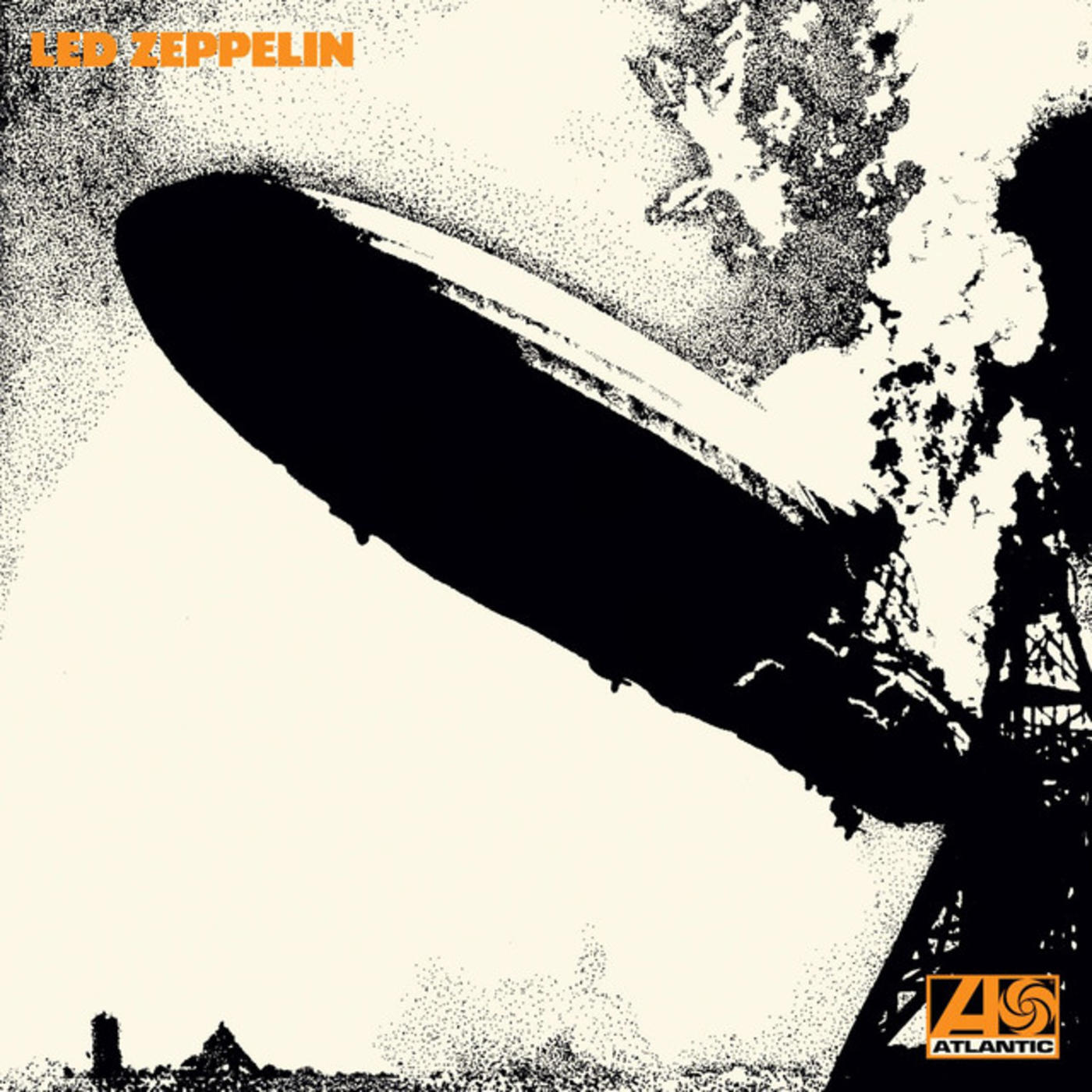Make It A Double: Led Zeppelin - Physical Graffiti

"Make It A Double" is a bi-monthly column where we'll be spotlighting studio records by artists whose muses could simply not be contained on two sides of vinyl.
For a band given to epic songs and grand gestures, it’s a little surprising it took Led Zeppelin until its sixth album to unleash its members’ collective muse across four sides of vinyl. Yet, it was not until 1975 that the ultimate ‘70s rock band released its first and only studio double album, PHYSICAL GRAFFITI. Though taken from disparate sources, it stands as an expansive yet cohesive statement and evidence of the band’s prowess and power.
Sessions began in January 1974 at Headley Grange, the 18th century estate where LED ZEPPELIN IV had been recorded. Guitarist Jimmy Page and drummer John Bonham were the first to arrive and immediately began work on riffs for a number of songs, including “The Wanton Song” and the immortal “Kashmir.” One can hear the synergy the musicians had, on those songs in particular—the locked-in groove of “Wanton” sounds like the guitarist’s fingers were somehow connected to the drummer’s right foot; and the monster riff of “Kashmir” was a dance of bigness no other duo of that era could have conceived of.
Vocalist Robert Plant and bassist John Paul Jones joined the proceedings, and in roughly two months the band recorded eight new songs, including “In My Time of Dying,” which clocked in at 11 minutes, and two others that skirted the nine-minute mark. Realizing they had too much material for a single LP, the band went to its vault, to revisit unused tracks from its third, fourth and fifth albums, to round out a double-LP set.
Among those were the bass-heavy “The Rover” and the rollicking “Houses of the Holy,” outtakes from HOUSES OF THE HOLY, and the tranquil “Down by the Seaside,” which was recorded for LED ZEPPELIN IV, but which would have sounded exceedingly out of place on that record (as, truth be told, it does on PHYSICAL GRAFFITI—it’s an odd song). What remains so surprising is, “Seaside” aside, how well the older material meshes with the new songs—if one didn’t know there was representation from four different album sessions (and in 1975, most didn’t), one would be none the wiser, so high-quality was the material.
Indeed, PHYSICAL GRAFFITI stands as a mountaintop moment for Led Zeppelin, the last of a wonderful run of albums that, in total, yielded enough great music to sustain the band’s legend for decades to come. Though PRESENCE (1976) and IN THROUGH THE OUT DOOR (1979) each contained moments of brilliance, PHYSICAL GRAFFITI was the band’s final front-to-back classic, a generous and enduring masterwork from one of the seminal rock bands of its era, and of all time.


